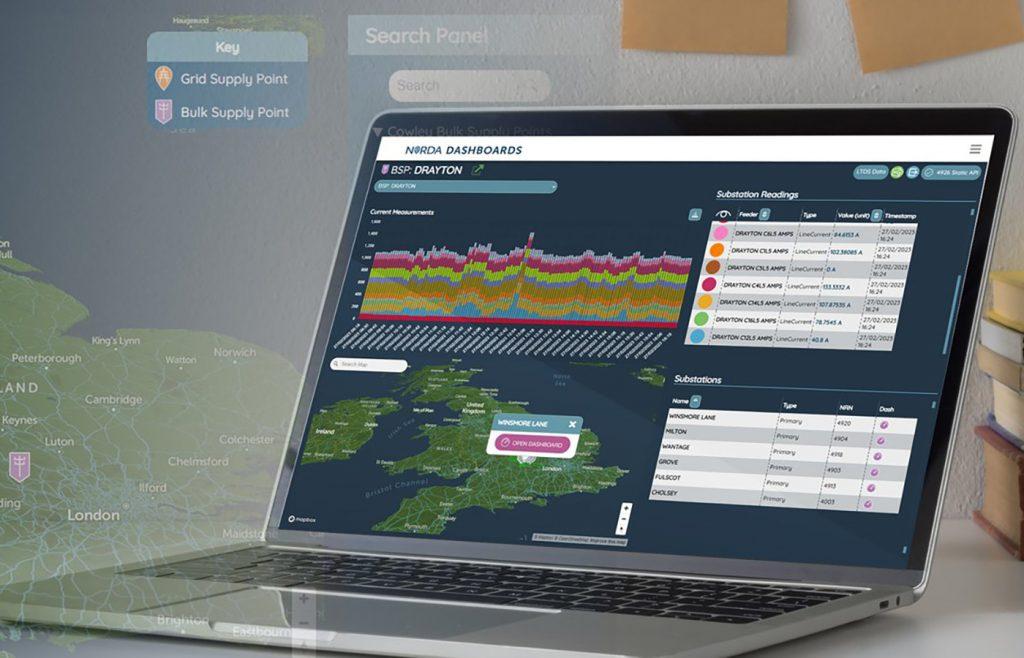
Scottish and Southern Electricity Networks (SSEN) have publicly released their Near Real-time Data Access (NeRDA) portal and machine-to-machine interface (APIs) for widescale BETA use. The tool goes beyond existing data sharing to give near real-time data to all stakeholders and builds on successful demonstrations in select local areas.
The leading roofing accessories provider, Klober is encouraging professionals to consider how components perform together to achieve air and moisture tightness while preventing condensation build-up. It comes ahead of anticipated growth for the UK timber market, in pursuit of net zero emissions.
The transition to net zero has already begun, with increasing numbers of consumers shifting towards low carbon technologies (LCTs) such as electric vehicles and heat pumps. This means electricity demand is expected to increase by at least 50% by 2035.
SSEN has launched its Near Real-time Data Access portal (NeRDA) to provide constantly updated network usage data to stakeholders. This allows energy system projects to be operated and implemented more effectively and efficiently, knowing the real-time use of the network.
The near real-time data enables flexible use of the network. Flexibility is the ability to shift the timing or location of generation, storage, and consumption of electricity. With more technologies operating flexibly, having an up-to-date view of the energy system is key in ensuring an efficient and cost-effective transition to net zero. To highlight the impact participating in flexibility could have, a study by Imperial College London and the Carbon Trust found that the UK could save up to £8bn a year by 2030 by using a more flexible electricity system.
NeRDA builds on SSEN’s commitment to provide open data and share electricity demand estimates with stakeholders.
As an industry first, NeRDA:
- provides the operational lens: a detailed insight of the network that is constantly updated.
- the data being shared is more granular than any DNO has previously achieved (other DNOs have portals and have provided data down to HV level but not as far as LV feeders).
- data is available via a ‘full API’ which automatically updated the data that has been built into stakeholders’ tools, much like the weather forecast on our phones. This means stakeholders do not have to request updates – it is automatically available for their tools.
The public release of NeRDA focuses on providing SSEN’s stakeholders with near real-time access to data from the NeRDA portal and Application Programming Interfaces (APIs), ultimately helping to inform local plans, products, and services in their regions, and supporting participants in the transition to net zero.
Nigel Bessant, Head of Network Operations at SSEN, said: “NeRDA’s public release opens up new levels of transparency by sharing detailed, granular information about how our networks are being use in near real-time. A smarter more flexible electricity network is key to a cost-effective and efficient transition to net zero. As we decarbonise heat and transport and move towards low carbon technologies, knowing real-time demand on the electricity network will help to enable new opportunities for low carbon technologies and flexibility.
“Data sharing is playing a crucial role in the net zero journey. We are excited to be expanding this project for all stakeholders. This data is publicly available and we will continue to work alongside the households, businesses, and communities we serve to deliver a fair, cost-effective and secure transition to a net zero future.”
The public BETA release of NeRDA will allow stakeholders to test its use for their needs and provide feedback to inform the future development of SSEN’s near real-time data sharing platforms. The NeRDA Portal is now live and can be accessed at: https://www.ssen.co.uk/our-services/tools-and-maps/near-real-time-data-access-nerda-portal/.





